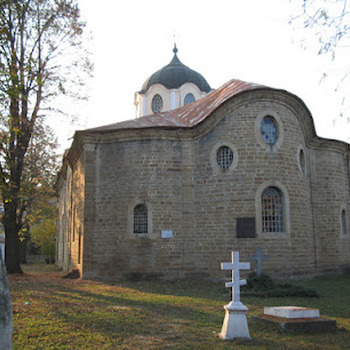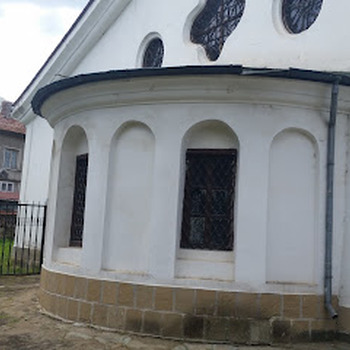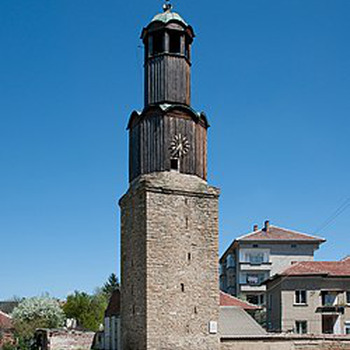The bridge of Kolyu Ficheto over the river Rositsa - Sevlievo
Overview
Life in the beautiful Sevlievo valley has always been connected with the Rositsa river flowing through it and with the picturesque bends. This proximity to the river, in addition to the many advantages over the centuries, has led to the inconvenience and the need to cross the river every time you have to leave the city to the north and east. When the water rose, passengers had to wait several days. Under favorable conditions, a ford was used, described by the French traveler Ami Buye, who visited Sevlievo in the summer of 1837. Documentary evidence shows that Sevlievo at the end of the 16th century was a town with two neighborhoods, a Friday market and a mosque, which soon became a court center, and there was a post office. Most of the main roads in the area also passed through the city. This necessitated the construction in the middle of the 19th century of a wooden bridge, the elements of which quickly rotted or were washed away by the raging water. During the Crimean War / 1853-1856 / the movement of troops, passengers and goods intensified. The local government was tasked with organizing the construction of a stone bridge. The Bulgarian and Turkish communities in the city joined forces, the extraction of materials through hangar / free labor / began. Nikola Fichev from Dryanovo, a famous Bulgarian builder and architect, was hired as the main master of the construction of the bridge. Accepting the relatively large order was a test of the capabilities of the self-taught master. The later bridge near Byala is much more impressive, but it was built with funds provided by the central government after a special law of 1864. There were no such funds in Sevlievo and in 1856 construction began. The work was relatively slow due to lack of money, but in the next one or two years the rough construction was completed. The bridge was 110 meters long, supported by seven arches, the central one being the highest and forming a "hump". In the first half of the twentieth century, this hump was erected, and the bridge was significantly extended by embankments on both sides. Wooden railings were installed, which did not withstand the pressure of the water element during the frequent floods caused by the incoming waters of Rositsa. After another devastating flood, in 1872 stone railings and stone memorial plaques were erected. Decades later, both ends of the bridge were decorated with figures of a lion made by an artist from Sevlievo, which gave the citizens reason to call it the "Lion Bridge". In 1971, after major repairs and the construction of a new widened lane, the old stone bridge can be seen only from the alleys along the river, a wonderful place for walks of Sevlievo residents and guests.
Recommended
Dandolovi Ethnographic Complex; Asen and Ivan City Art Gallery; Hadjistoyan School; Museum of Contemporary Art; Museum of Education; Clocktower; Hotalich Fortress; Krushevo waterfalls


 Bulgarian
Bulgarian Romanian
Romanian




